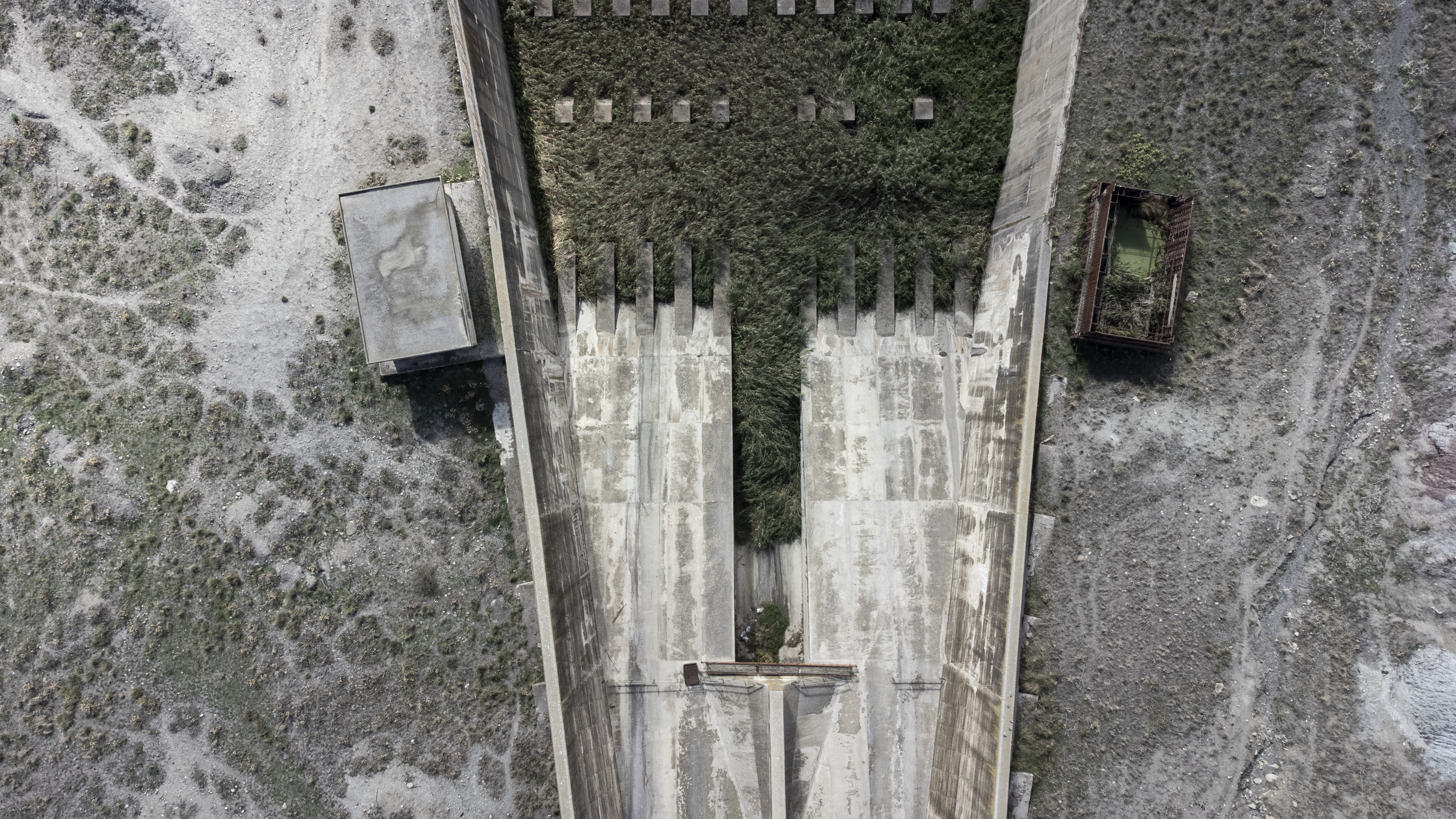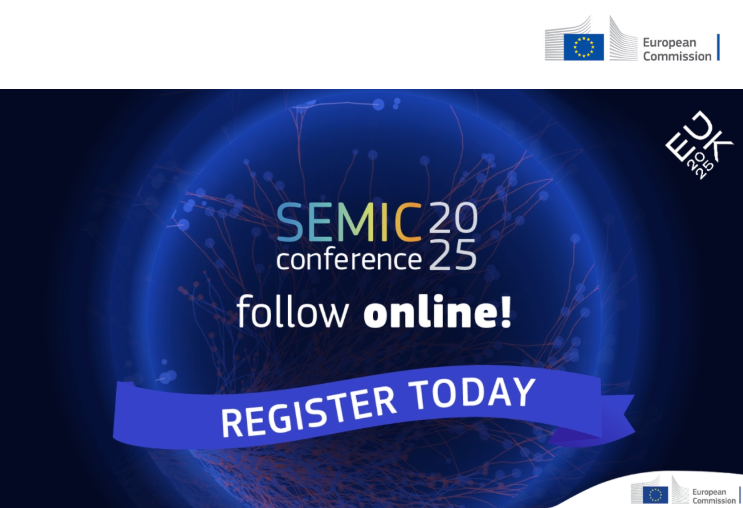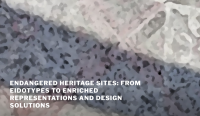Virtuality is commonly defined in opposition to the idea of reality or actuality, so that ‘virtual’ stands for and represents effectively a real object or phenomenon, or the potentiality of an actual object of phenomenon. Initially studied in philosophy, the concept has been appropriated in technology studies, giving rise to the notions of ‘virtual reality’, ‘virtual environment’, and ‘virtual world’. These terms capture the processes and technologies enabling simulation of physical reality and sensorial experiences, in which user interactions and engagement are supported by computer graphical interfaces or stereoscopic displays. ‘Virtual reality’ indicates both the enabling technologies and their applications in the creation of immersive 3D environments.
Login Status
-
Free text
UPCOMING EVENTS:
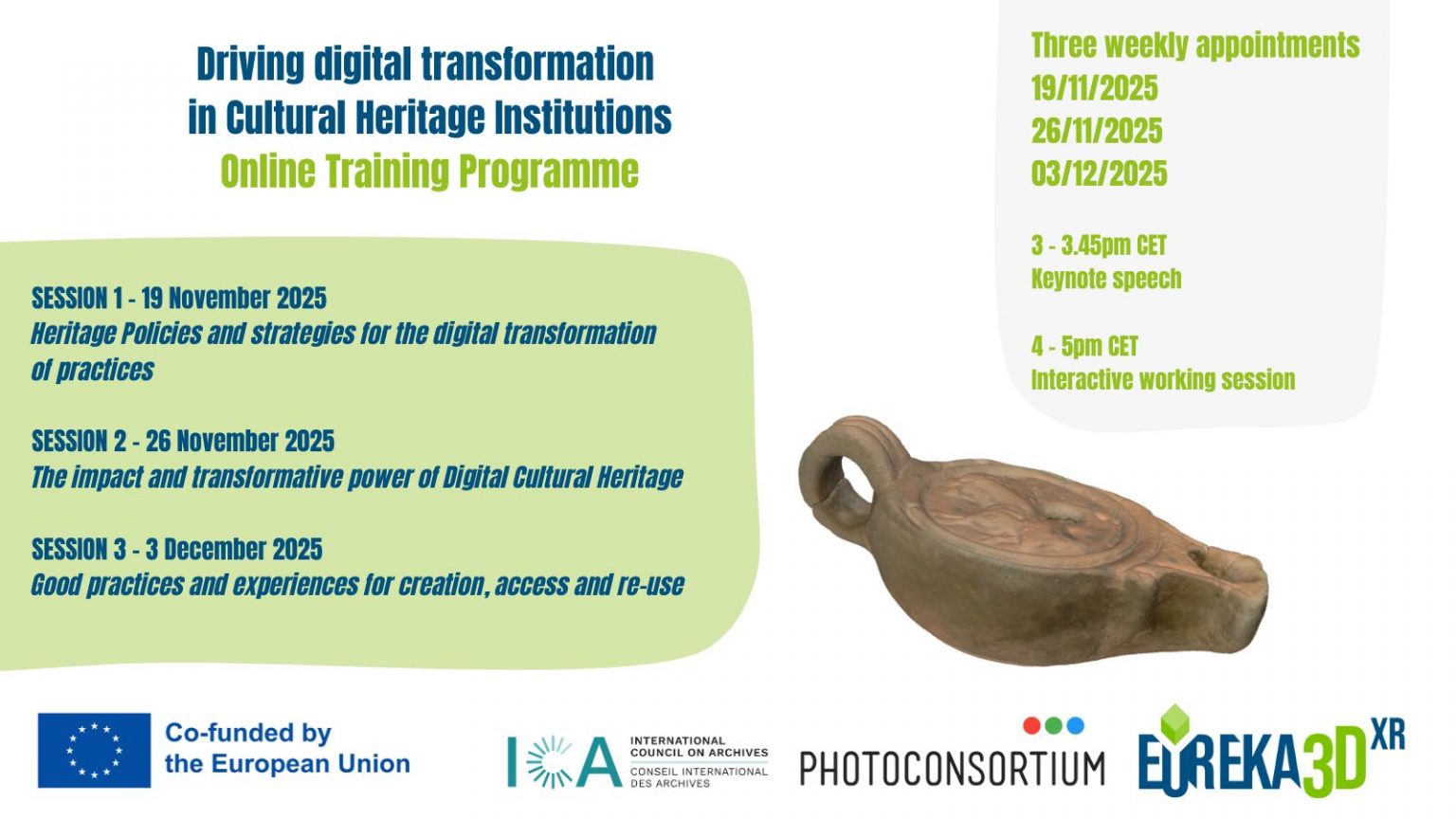 an online training programme by EUreka3D-XR in collaboration with ICA International Council on Archives
an online training programme by EUreka3D-XR in collaboration with ICA International Council on Archives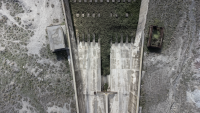 Dealine: December 8 2026, h. 00.00
Dealine: December 8 2026, h. 00.00AIPAI Photo Contest renews for its 4th edition! The contest is designed to raise awareness and promote the culture of industry, the memory of work, the architectural, technological and landscape heritage of industrial archaeology, is aimed at professional photographers, amateurs, … Continue reading →
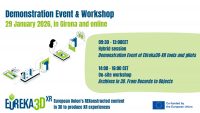 Girona and online, 29 January 2026
Girona and online, 29 January 2026The EUreka3D-XR organizes a Capacity Building and demonstration event at a moment when the project’s progress in the development of tools and pilot scenarios has become both visible and significant, offering tangible insights into how 3D and XR technologies can … Continue reading →



